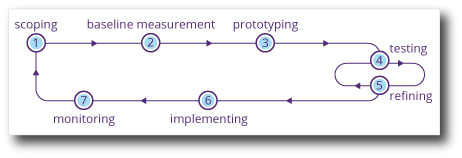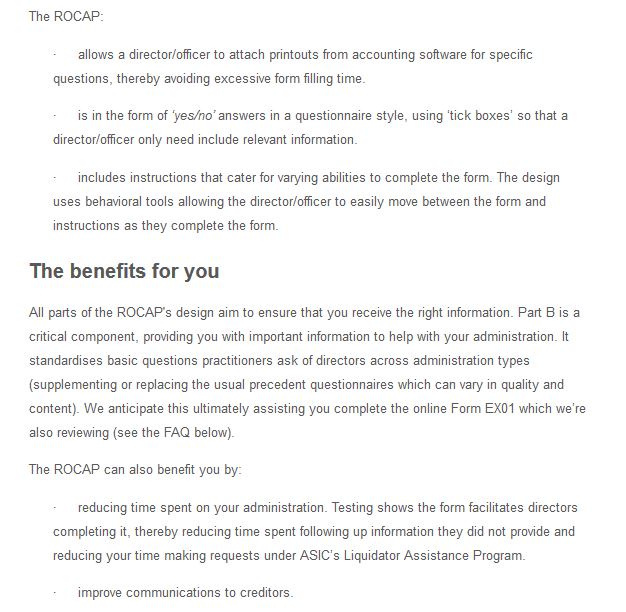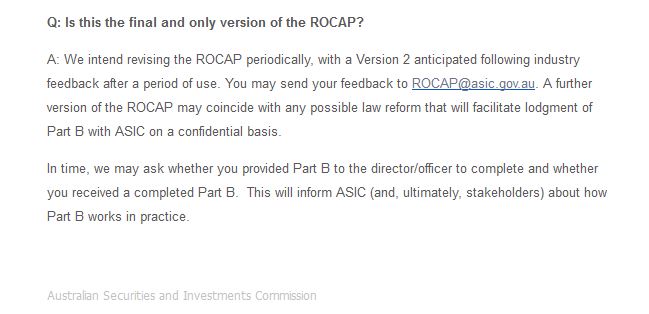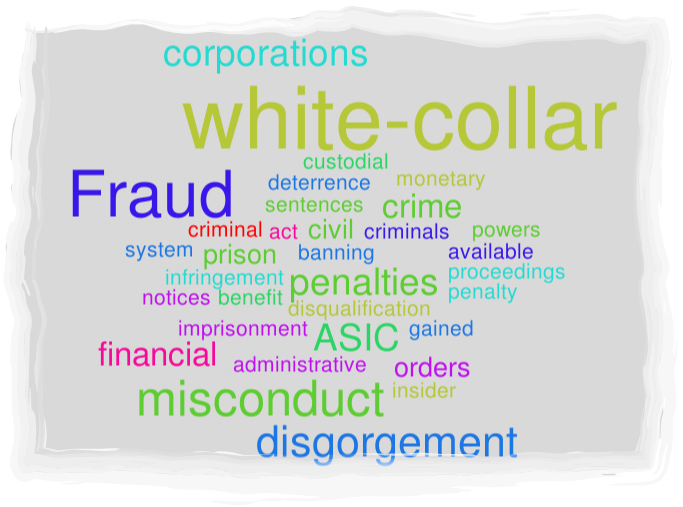
Prescribed Form
Temporary restructuring relief documents – ASIC Form EX07 – 1 January 2021. A cover sheet for lodging director declarations relating to temporary restructuring relief and related documents. Includes Guide. PDF format. Link to ASIC.
Prescribed Form
Director/s declaration of eligibility for temporary relief – ASIC form (no number) 1 January 2021. Related document to ASIC Form EX07 – see above. PDF format. Link to ASIC.
ASIC guidance
ASIC FAQs for company directors about temporary restructuring relief . Online pages. Headings: 1. Overview of the temporary restructuring relief. 2. Eligibility for temporary restructuring relief. 3. How does temporary restructuring relief end? 4. What a director must do if they realise the company is no longer eligible for temporary restructuring relief. Link to ASIC.
ASIC guidance
ASIC Guide for directors to publishing a notice of the declaration on the Published Notices Website. Online pages. Link to ASIC.
Extracts from ASIC guidance
Warning: These extracts DO NOT FULLY COVER the subject. For a much more complete picture read the extensive guidance given by Australian Securities and Investment Commission (ASIC) and/or the legislation (see below).
It is important directors seek advice from a trusted adviser such as a suitably qualified financial adviser, accountant, registered liquidator or lawyer if they are considering whether eligibility for temporary restructuring relief…. The temporary restructuring relief extends, to 31 March 2021, certain measures implemented by the government to assist companies continue to operate during the COVID- 19 pandemic…. Directors must act before 31 March 2021 if they wish to access the temporary restructuring relief…. A company can access temporary restructuring relief if, during the period 1 January 2021 to 31 March 2021, the company directors make the required declaration about the company’s eligibility for temporary restructuring relief; and publish notice of the making of the declaration on the Published Notices Website. To ensure the temporary restructuring relief does not cease, directors must also give ASIC a copy of their declaration no later than 5 business days after it is made…. The period of relief only begins when the directors have made a declaration about the company’s eligibility for temporary restructuring relief and published notice of making the declaration on the Published Notices Website…. The initial temporary restructuring relief period can be extended for a further one month in some circumstances….
Specific Legislation
- Sections 458D to 458H of the Corporations Act 2001; LINK
- Section 588GAAC of the Corporations Act 2001; and LINK
- Regulation 5.4.01AAA of the Corporations Regulations 2001.










